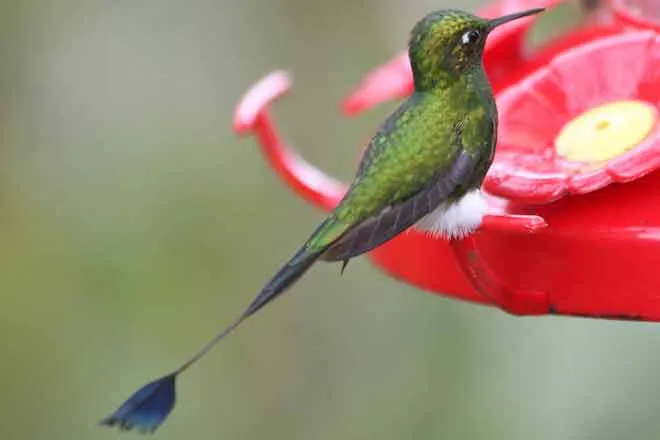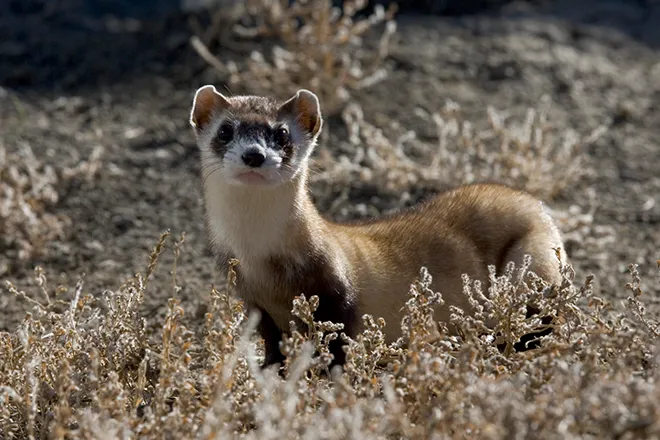
EarthTalk - How are populations of sea turtles faring?
© iStock
Dear EarthTalk:
How are populations of sea turtles faring these days?
A.J., Los Angeles, CA
Swimming alongside a sea turtle in coastal waters is certainly a thrilling sensation, but the experience is becoming increasingly harder to come by. Declines in sea turtle populations around the world and in U.S. waters over recent decades is a sad reminder of all the environmental offenses that contribute to making the world’s oceans less hospitable to these majestic, iconic reptiles.
Researchers estimate that since the dawn of the Industrial Age in the early 20th century, global sea turtle populations have decreased by as much as two-thirds overall. These days only about 6.5 million sea turtles roam the world’s subtropical and tropical coastlines. Indeed, sea turtle populations are on the ropes: Three out of the world’s seven sea turtle species are considered “critically endangered” by the International Union for the Conservation of Nature (IUCN); green sea turtle numbers have fallen by some 90 percent while Leatherbacks have lost 40 percent of their population. Strict conservation measures are needed if we are to save these species outright.
But why even care about the turtles? They might seem like any other sea creature, but they are vital to maintaining a balanced environment. Turtle’s graze on seagrass meadows to regulate their growth and prevent them from suffocating. Unhatched eggs are also a vital source of nutrients to sand dunes, which allow vegetation to grow. So, if our turtle populations become too low, it will cause a chain reaction within the whole shoreline ecosystem.
Unfortunately, populations of sea turtles face myriad threats. For starters, sea turtles often mistake plastic bags for jellyfish, one of their favorite delicacies. But this plastic can get stuck in the turtle’s stomach, imitating their sensation of being full which causes them to not eat any actual food. Researchers estimate some 52 percent of turtles have eaten some type of plastic.
With sea level rises, many beaches and even smaller barrier islands are disappearing. Turtles therefore become confused as to where to lay their eggs, potentially making it so that they don’t lay any. In addition, as reptiles, the gender of their hatchlings relies on temperature. Higher equals females, and lower equals males. With global warming, beaches are warming up, drastically altering the male/female balance. This could potentially affect the breeding success of turtles, and contribute to the decline as well.
The federal Endangered Species Act already protects turtles by making it illegal to harm them in any way, and provides resources to combat endangerment. Environmentalists have also created new programs like the State of the World’s Sea Turtles and the IUCN Turtle Specialist group which examine risk factors, data and potential conservation efforts.
Additionally, many volunteers come together during nesting and hatching season to protect and guide turtles. And their efforts have not gone to waste; Leatherback turtle nests in and around U.S. waters are up from 27 in 1989 to 614 in 2014 thanks to protections enacted under the Endangered Species Act. In addition, 3,960 nests have been counted on the Georgia Coast, a record for the state. By continuing to fund conservation efforts and with the help of volunteers, sea turtles can continue to thrive in the wild.
CONTACTS
- The State of the World’s Sea Turtles, https://www.seaturtlestatus.org/
- IUCN Turtle Specialist Group, https://iucn-tftsg.org/.
















